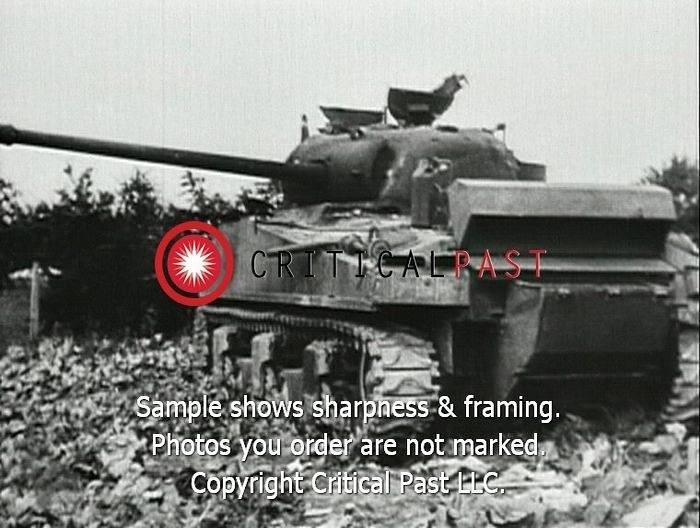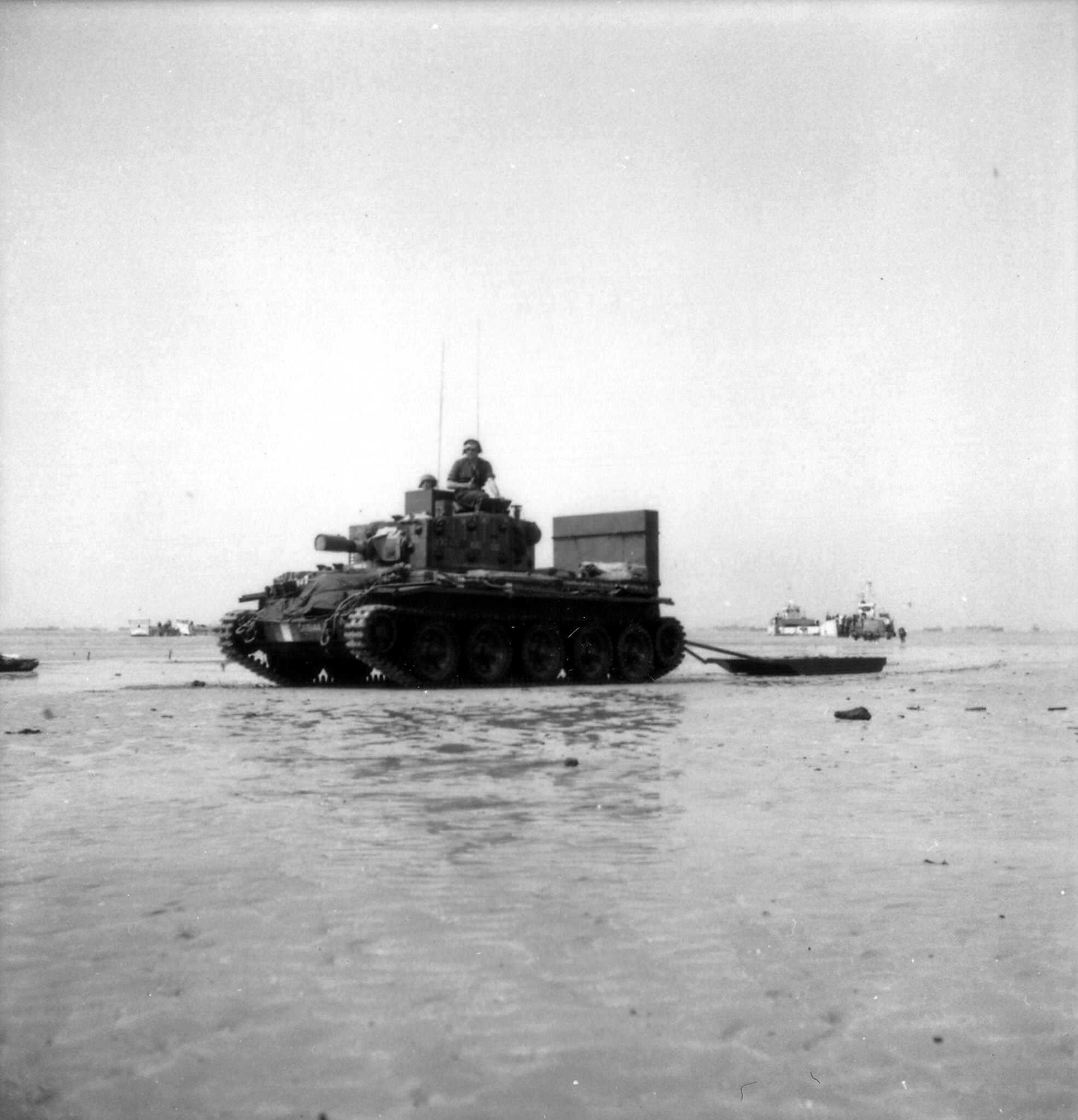Back in the days of using ranging marks for naval gunfire, certain assumptions were presumed.
Like clear visibility to the next unit in a given squadron.
Further, that the next unit in line would be no more than dead abeam (90º left or right of Leader). That, most typically, additional units would be ecshelloned behind and to the sides of the Lead.
To that end, turret markings are reversed vice whatever agreed aiming index was chosen. This allows direct reading of train angle. So, if the Lead is trained 32º to left of center, the turret markings will show a corresponding 32º angle.
Now, given that a “range clock” is not included, how trailing units were meant to match gun tube elevation is an open question.
Which then suggests the markings were, in fact, spurious, a bit of bravado, well within the espirit de corps of the Marines.
Now, in battleship era (spark telegraphy and coal smoke), “reading” squadron firing orders was atad simpler. The aftermost turret was the one typically indexed. That index was normal to the turret face. Which was automatically reversed in the after turret. The aft-facing “range clock” then giving gun elevation information. All of which is also modified by Formatio nand Corpen flag hoists.
The flagship generates a firing solution for the present enemy. Let’s say that the decision is made is that each ship in the squadron will close to 22,000 yards, turn 35º starboard to better uncover the guns, and engage. So, the clock is set to indicate the 22,000 yard range, the after turret trained to the firing bearing, and a flag hoist of “CORPEN, THREE, FIVE” is made up.
This is rather different from tank warfare, where a squad of tanks will need to nagigate bocage or hills and swales and standing structures.


